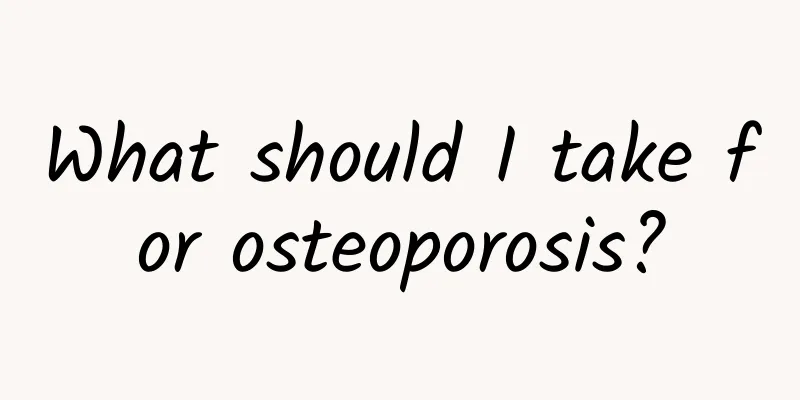Pain where the jaw meets the neck

|
The junction of the chin and neck can be said to be one of the most active parts of our body, and it is easy to cause pain if it is overworked. However, this is not the only reason for pain at the junction of the chin and neck. There are other disease factors as well. This is what we need to pay attention to. Our first task is to figure out the situation so that we can relieve the pain as soon as possible. Possible causes of pain at the junction of the chin and neck include tonsillitis, submandibular glanditis, thyroiditis, etc. You can go to the hospital for a color ultrasound examination. If there are no problems with these areas, you can do a cervical magnetic resonance imaging to see if there are any lesions deep in the throat. Tonsillitis can be divided into acute tonsillitis and chronic tonsillitis. Chronic tonsillitis may occur after suffering from acute infectious diseases (such as scarlet fever, measles, influenza, diphtheria, etc.), and sinus infections in the nasal cavity may also be associated with this disease. The most common pathogens are streptococci and staphylococci. The clinical manifestations include frequent throat discomfort, foreign body sensation, dryness, itching, irritating cough, bad breath and other symptoms. Submandibular gland inflammation is a retrograde inflammation of the submandibular gland caused by obstruction and stenosis of the duct, called submandibular gland inflammation, which is often complicated by sialolithiasis. The main clinical manifestations are submandibular gland enlargement, pain, and purulent secretions overflowing from the duct orifice. The disease has a high incidence rate in adults and is mostly a chronic manifestation. There are currently more effective treatment drugs and methods with a higher cure rate. Those who do not receive timely treatment or those who do not receive regular treatment will have poor therapeutic effects. Therefore, early treatment is the key. Thyroiditis is a heterogeneous group of diseases involving the thyroid gland caused by various reasons. The causes are different, and the clinical manifestations and prognosis vary greatly. The thyroid function may be normal, hyperthyroid, or hypothyroid. Sometimes all three functional abnormalities may occur during the course of the disease. Some patients eventually develop permanent hypothyroidism. According to the course of the disease, it is divided into acute (suppurative), subacute (non-suppurative) and chronic. According to the cause, it is divided into infectious, autoimmune, radiation thyroiditis, etc. Among them, autoimmune thyroiditis is the most common, which can be divided into Hashimoto's thyroiditis (i.e. chronic lymphocytic thyroiditis), atrophic thyroiditis, painless thyroiditis and postpartum thyroiditis. The following mainly discusses several common types of thyroiditis. |
<<: The impact of feeding peppers to babies
>>: What should I do if my child's neck is a little crooked?
Recommend
How long does it take to cure facial paralysis? What are the methods for treating facial paralysis?
Many friends don’t quite understand facial paraly...
What fruits should I eat to treat dampness and poison?
The disease of dampness and toxins is mainly caus...
Nasal mucosal edema
Edema of the nasal mucosa is an abnormal and unhe...
Blue tongue
Many people in life don’t actually pay much atten...
What causes unstable angina?
My sister's angina pectoris has recurred rece...
Side Effects of Placenta
Many people may not be familiar with placenta, bu...
Look at the tongue coating to diagnose the disease, this is the most reliable way to observe
The tongue coating can actually reflect our physi...
What causes hoarse voice? What should I pay attention to?
When the voice loses its round, clear and pleasan...
Drugs that relieve dysmenorrhea work quickly
In life, many women suffer from dysmenorrhea. Mos...
When is the best time to eat angelica powder?
The health-care effect of angelica powder is quit...
How to treat acne with Chinese medicine?
Many people have acne on their faces, but there i...
What to do if a woman is very suspicious
In life, many women always suspect that their boy...
What is blood in the stool?
Hematochezia means blood in the stool. Many peopl...
Medicinal value of razorfish
The spiny loach, also known as steel loach, knife...
Rabies vaccine
In the summer, dogs will also be very irritable. ...









